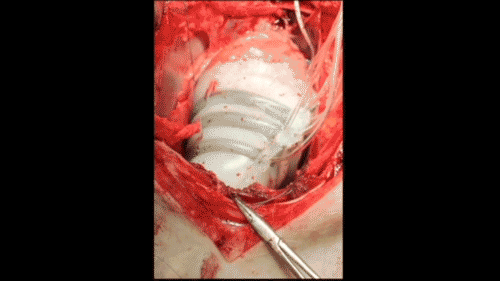
Astronauts aboard the International Space Station have decreased physical fitness because of a decrease in the way oxygen moves through the body, according to a Kansas State University kinesiology study.
Astronauts aboard ISS have decreased physical fitness because of a decrease in the way oxygen moves through the body, according to a Kansas State University kinesiology study. Carl Ade, assistant professor of exercise physiology, and collaborators partnered with the Johnson Space Center to find that astronauts’ exercise capacity decreases between 30 and 50% in long-duration spaceflight because the heart and small blood vessels are not as effective at transporting oxygen to the working muscle.
“It is a dramatic decrease,” Ade said...
Read More









Recent Comments